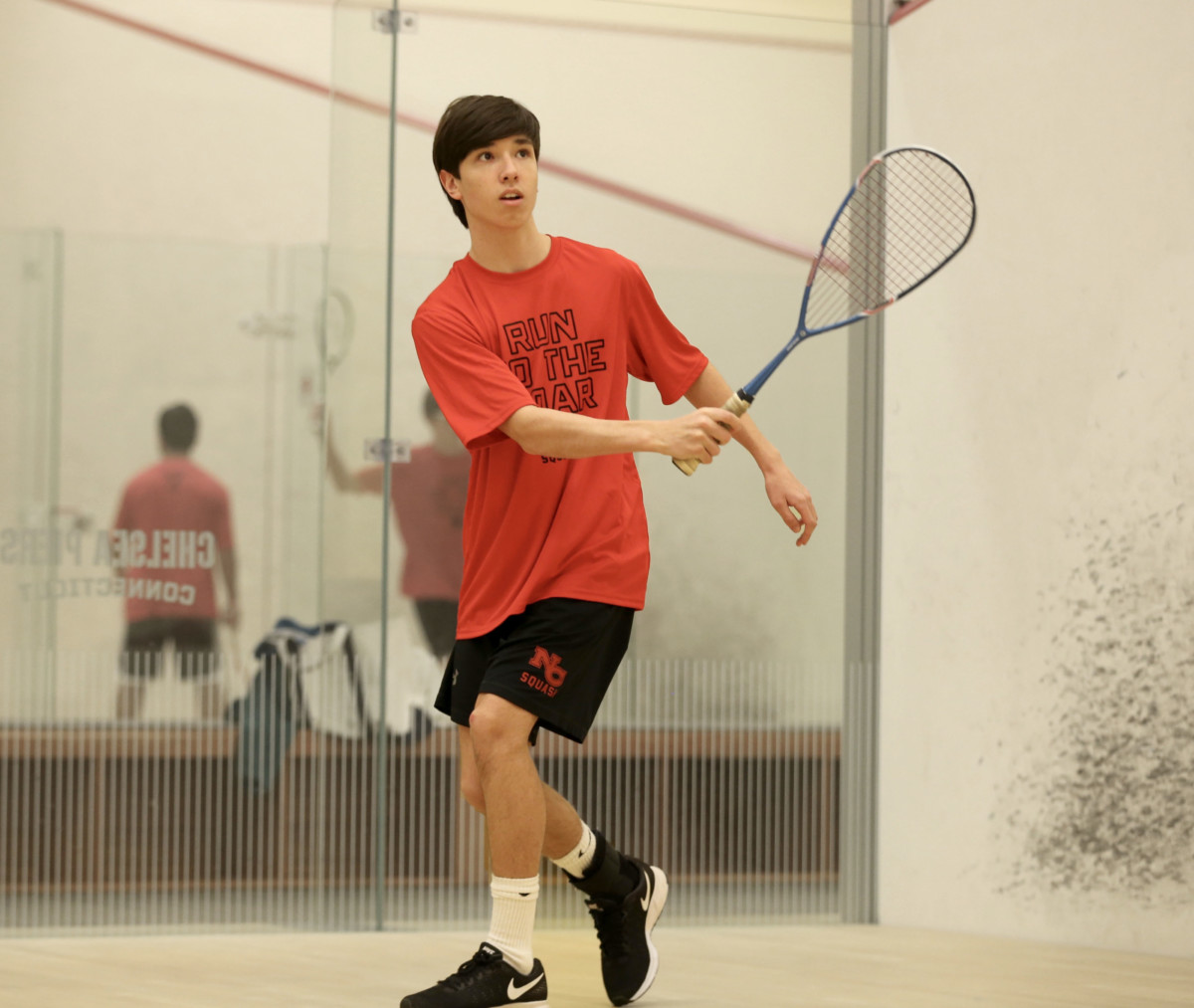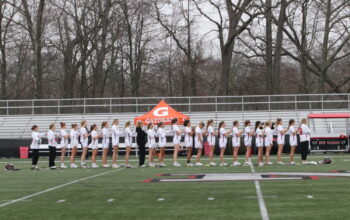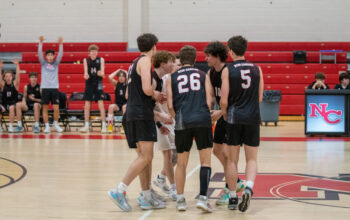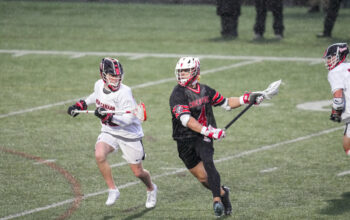Natalie Lopez, Reporter
@nlopezcourant
For seniors, with the fall comes the stress of college applications, but not for the 11 students who signed their letters of intent on November 14, last month. These athletes solidified their commitment to play at the Division One level in college sports, but what about Division Three athletes?
These athletes will be signing their National Letters of Intent later on in the year, during the spring. This is one of the many differences between D-I and D-III athletics, but there are many more. So what else makes the Division One recruiting process different than Division Three?

In lacrosse, there is a rule restricting D-I schools from contacting players until September 1 of their junior year. This rule was implemented in 2017 in order to prevent early recruiting. and provides more time for an athlete to decide what they want in a school. In D-III lacrosse, the timeline is different, as the process doesn’t begin until much later. This means Fall of junior year and summer into senior year is when the bulk of the recruiting happens.
“It’s a little bit later in timing,” said girls lacrosse coach Kristin Woods. “The kids have more accessibility to the coaches. The rule doesn’t apply with D-III schools, you can communicate with D-III coaches at any given time. But the recruiting doesn’t start until later because a lot of kids don’t know straight away they want to go D-III.”
The later timeline of the recruiting D-III process is beneficial to athletes, as it gives them time to determine what they want in a school. “I didn’t really know I wanted to play lacrosse until fall of junior year,” said senior Katelyn Sparks, who will be playing lacrosse at Claremont McKenna University. “So, at that point, it was a lot of emailing coaches that had seen me play before and signing up for camps.”
In order to commit to a D-III school, a student-prospect will have to send in academic information for the coach to give to the admissions office. This process is called pre-reads and determines if a coach can give you support or not in the admissions process, as D-III schools do not give out any athletic scholarships.
“They can support your application depending on your level, but they usually don’t offer you a spot on their team unless they know that you can get in,” said Katelyn. “For Claremont, I went through my pre-read in July, after I went to their camp, and the pre-read came back positive so she was allowed to offer me.”
Although there are many different sports, there are many similarities in the processes for each. Senior Alexandra Yee, who has committed to swim at Colby College said, “It began a year ago when I emailed the colleges I had an idea about to update them on my meets.”
Alexandra was invited on a recruiting trip after sending in her academic information shortly after her junior year. “They send the pre-read to admissions, and if they give you the positive then you can go on the visit. You go for a weekend and get to meet the team, and after that, you can commit,” she said.

With swimming, the process begins with an email containing the athlete’s times in their races. From there, the coach will attend Nationals where they cannot talk to the athlete until after the race. There are no differences in the timeline of D-I and D-III recruiting. No matter which division, coaches are not allowed to contact a student-prospect until July 1 of their junior year.
However, not all sports are under the jurisdiction of the NCAA. For example, squash is not an official sport of the organization. In place of the NCAA, the College Squash Association acts as the governing body for the collegiate sport.
“Squash is a little bit different than most sports, it’s not under the NCAA so they follow different rules,” said Williams University squash commit Will Comyns. “They aren’t as strict, and there aren’t as many people who play.”
Another difference in the recruiting process in squash is the national rankings. “It’s pretty cut and dry where you stand based off of who you beat. When you play a tournament it records who you lose to or win against,” Will said.
Despite various differences in the processes, Division Three athletics gives a student-athlete the opportunity to have a holistic college experience, “ I think D-III is a great option for either dual-sport athletes or somebody who has interests in something other than athletics,” Coach Woods said. “I think that you have to figure out what’s a good fit for not only your academic rigor, but also your athletic ability. You want to go somewhere you will be successful, not overwhelmed.”




